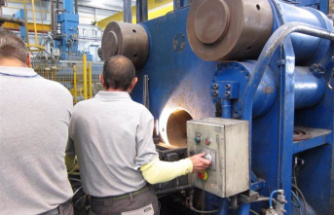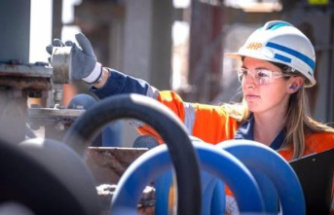Ottawa is proposing to implement a cap-and-trade system specific to the oil and gas industry to reduce net greenhouse gas (GHG) emissions in the country to zero by 2050.
• Read also: QS bets on active and public transportation in the Laurentians
Environment and Climate Change Canada Minister Steven Guilbeault had already announced last March the government's intention to put a cap on total emissions from this sector, which alone accounted for 27% of Canada's GHG emissions in 2020. .
Of this number, 84% was generated solely by extraction activities.
The cap and trade system, also known as a "carbon market", is one of two options proposed by Ottawa in an explanatory document published Monday.
The second path considered is to put in place incentives based on the price of carbon “resulting in a reduction of emissions to the levels corresponding to the cap”.
The government plans to reveal at the beginning of 2023 the emissions cap that it believes is just in line with its climate objectives.
This cap will be established in collaboration with the main players in the industry, who will be responsible for their progress in reducing emissions.
The latter will have until September 30 to give their opinion on the proposals supported by the government, as well as on the emissions cap that should be introduced at the start.
“Canada's oil and gas companies have repeatedly proven that they can innovate and develop new technologies and more competitive business models. True global energy security and truly affordable energy are only possible if emissions decrease,” said Minister Guilbeault in a press release.
Ottawa is of the view that encouraging further investment in this direction by the private sector will require “a long-term political signal as well as favorable and predictable investment conditions”.
If the objective by 2050 is carbon neutrality, i.e. the reduction of net GHG emissions to zero, Ottawa still maintains the objective of a reduction of 45% by the end of the decade, i.e. by 2030.
For the Pembina Institute, an environmental think tank specializing in climate issues, “it is crucial that the government move quickly in the selection and implementation of one of the two options”.
According to the Canadian organization Environmental Defence, “oil and gas companies will lobby intensely for delays, weak rules and loopholes to undermine the effectiveness of the cap, as they have done for all other policies. climatic”.
"The emissions cap will be a critical test for the federal government - and a watershed moment for the prime minister's climate change legacy," said Julia Levin, chief climate affairs officer for the agency.













